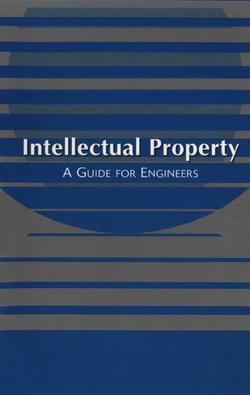Читать книгу Intellectual Property: A Guide for Engineers - American Bar Association - Страница 13
На сайте Литреса книга снята с продажи.
THE NATURE OF PATENT RIGHTS
ОглавлениеIt is important to note that a patent (i.e., the right to exclude others) does not give the inventor the right to practice the invention. The inventor can practice his or her invention only if by so doing does not also practice the invention of an earlier unexpired patent. While only one patent can be granted on a particular invention, it is easy to see how more than one patent could be infringed by making a single product. For example, consider that A has a patent on a new type of door and B invents an improved door of this type with a special lock. B could not sell the improved locking door since A’s patent broadly covers all doors of this type. On the other hand, A could not incorporate the improved lock in his basic door since B’s patent covers this combination. in these circumstances both A and B can be free to practice the best technology (locking door) only if each grants a patent license to the other.
The indirect exploitation of a patent may be exclusive, e.g., by selling all rights in the patent or granting an exclusive license. Licenses can also be nonexclusive, allowing many parties, including the inventor, to practice the invention simultaneously. A patent may also provide commercial advantages in addition to the potential for an exclusive market position or licensing income. A patent often lends business credibility to start up ventures and can open doors to both the technical assistance and financing necessary to bring a new product to market. An improvement patent may also provide the barter necessary to cross license any basic patents held by others that block the path to market.
